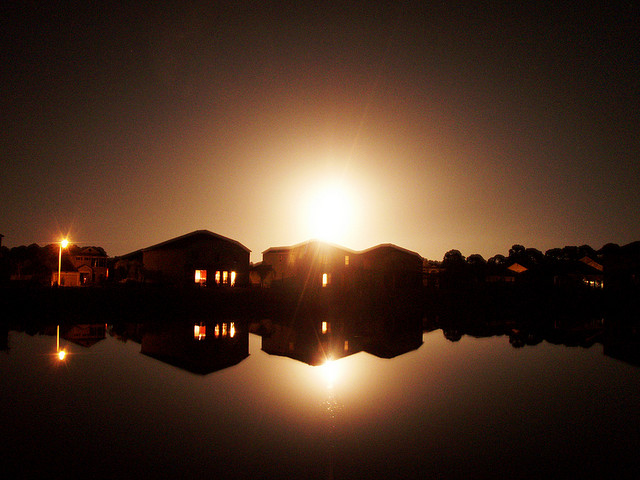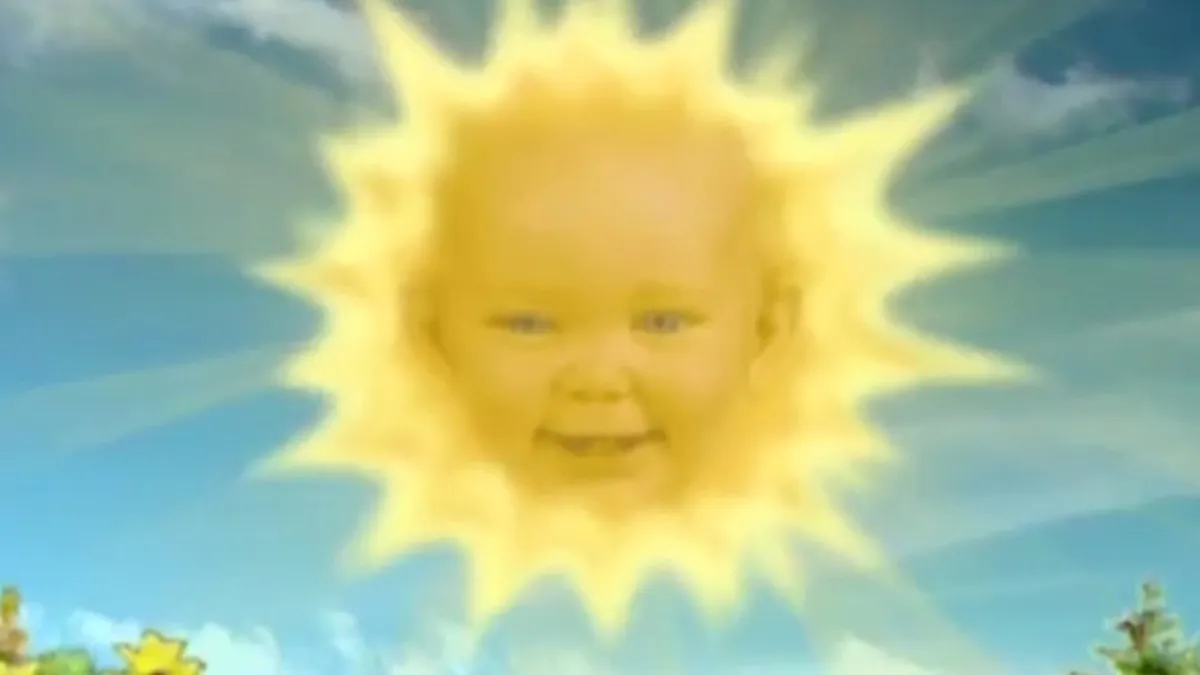To say the Kepler space telescope has discovered evidence of technologically advanced alien activity in deep space would be an overstatement, but to say that it definitely hasn’t would also be premature, which means a lot of fun space speculation until we have more data.
You see, when Kepler looks to the stars to find “exoplanets,” or planets orbiting stars that aren’t our own sun, it literally looks to the stars, because the planets can’t actually be seen from here on their own. Instead, they’re identified by noting when a star dims ever so slightly as a large, solid object passes between it and our viewpoint here on Earth, the traditional explanation for which would be that a planet is orbiting the star.
So it’s not entirely surprising that KIC 8462852, a star 1,500 light years away from Earth, has been winking at us. No, what’s surprising is that it’s been doing so to an extreme degree and seemingly at random, whereas planets tend to orbit stars in a relatively orderly fashion. Malfunction and bad data have been ruled out as explanations, so scientists really are seeing something dimming the star at irregular intervals, which leaves one question: “What could it be?”
Of course, the explanation everyone is really pulling for right now is “aliens,” which would be especially cool in this instance—as opposed to all the other space stuff we’d hoped to explain with “aliens”—because we’d be talking massive alien space … ships? Objects? Somethings? to cause dimming on the scale that’s been noticed from KIC 8462852. In a paper, scientists going over the data have noticed dips in brightness ranging from 15 to 20 percent, whereas a planet passing in front of a star usually causes a change of less than 1 percent.
Combine all of this with the fact that our galaxy, and KIC itself, is quite old—much too old for it to be likely that a debris disk like the one that eventually formed our solar system’s planets is to blame—and natural explanations for the phenomenon become quite scarce. The one that fits best so far is that a nearby star gravitationally disturbed a sea of dormant comets far out from KIC and sent them inward, but even that explanation sounds like a stretch.
Of course, so does an alien race capable of building huge space structures (death stars, anyone?) that move around a star in no set orbit, but in the 13 billion years our galaxy’s been around—several times as long as our own planet—it’s not impossible that such a capability was developed with technology we couldn’t possibly imagine. “Aliens should always be the very last hypothesis you consider, but this looked like something you would expect an alien civilization to build,” astronomer Jason Wright, of Penn State University, told The Atlantic.
There’s even a proposal in the works to aim some SETI equipment at the area and see if we can pick up any technology-based radio waves, which is the next step in figuring out whether the alien explanation is likely.
Or it’s just space rocks. But for now, we all get to imagine it’s super advanced alien technology, and that’s just so much more fun.
(image via Joe King)
—Please make note of The Mary Sue’s general comment policy.—
Do you follow The Mary Sue on Twitter, Facebook, Tumblr, Pinterest, & Google +?








